Individual Bonds and Bond Funds
If you’re considering investing in individual bonds versus bond funds, we offer a quick look at the potential benefits and drawbacks of both.
Presented by: Kris Maksimovich, AIF®, CRPC®, CPFA®, CRC®
The difference between bonds and bond funds
Bonds are frequently used by those seeking a stable, predictable source of current income. When considering individual bonds and bond funds, it’s important to look at both the potential benefits and the drawbacks. You should also consider your risk tolerance and the amount of money you plan to invest.
Individual bonds
Individual bonds allow you to directly purchase fixed income securities. Direct ownership provides you with full access to coupon income and the return of principal at maturity (absent at default). Investing in individual bonds also allows for full transparency into the underlying holdings. In a buy-and-hold strategy, the interest rate risk for individual bonds diminishes over time. Individual bonds offer a highly customized investment option based on your risk tolerance and investment objectives.
What to consider. The downsides to investing in individual bonds may include higher minimum investment requirements, potential liquidity restraints, potential concentration risk (as opposed to diversification of assets), and ownership of rebalancing, reinvesting, and credit monitoring activities. Individual bonds require direct management as well.
Bond funds
There are several types of bond funds including, open-end mutual, exchange-traded, and closed-end which are akin to equity mutual funds, and, accordingly, trading bond funds is usually simpler than trading individual bonds.
- Bond funds allow you to indirectly purchase fixed income securities.
- Including bond funds in your portfolio can offer some diversification benefits and liquidity, which can be useful for keeping a portfolio in line with your goals and responding to changing market conditions.
- Bond funds often have a lower minimum investment than individual bonds. Additionally, investors have the option to reinvest short- or long-term capital gains as well as periodic interest distributions at market rates.
- Bond funds are typically actively managed, requiring less direct attention from the investor.
What to consider. Conversely, bond funds tend to have higher fees and expenses (partially due to direct management) and less transparency into the underlying holdings on a daily basis. Bond funds can potentially have inconsistent and less predictable income streams. As bond funds are mutual funds, performance may be adversely affected by the behavior of other shareholders (e.g., significant redemptions). Maturity and interest rate exposure remain relatively constant over time for given strategies. Bond funds are also subject to incremental downside price risk in a rising rate environment.
Because individual bonds and bond funds vary immensely, it’s important for you to analyze both their pros and cons in order to decide which better complements your financial situation. If you’re considering one of these investments and would like more guidance, feel free to contact us.
Check out these carefully curated articles on the bond market.
Please consider the investment objectives, risks, charges, and expenses carefully before investing. The prospectus, which contains this and other information about the mutual fund, can be obtained from your financial professional. Be sure to read the prospectus carefully before deciding whether to invest.
Investments are subject to risk, including the loss of principal. Because investment return and principal value fluctuate, shares may be worth more or less than their original value. Some investments are not suitable for all investors, and there is no guarantee that any investing goal will be met. Past performance is no guarantee of future results. Talk to your financial advisor before making any investing decisions. Corporate bonds contain elements of both interest rate risk and credit risk. The purchase of bonds is subject to availability and market conditions. There is an inverse relationship between the price of bonds and the yield: when price goes up, yield goes down, and vice versa. Market risk is a consideration if sold or redeemed prior to maturity. Some bonds have call features that may affect income.
Kris Maksimovich is a financial advisor located at Global Wealth Advisors 4400 State Hwy 121, Ste. 200, Lewisville, TX 75056. He offers securities and advisory services as an Investment Adviser Representative of Commonwealth Financial Network®, Member FINRA/SIPC, a Registered Investment Adviser. Financial planning services offered through Global Wealth Advisors are separate and unrelated to Commonwealth. He can be reached at (972) 930-1238 or at info@gwadvisors.net.
© 2025 Commonwealth Financial Network®
Latest News
Digital Legacy Planning: Protecting Your Online Assets
December 9, 2024
Over the years, you’ve carefully managed your finances online—whether it’s checking your bank accounts, making investments, or paying bills. Your cloud st...
READ MORE...Navigating Joint or Separate Bank Accounts
November 7, 2024
You’ve booked the venue, picked out the flowers, and sent the invites. But have you talked about who’ll pay the electric bill after the wedding? Managing fi...
READ MORE...Should You Buy an Umbrella Insurance Policy?
October 30, 2024
High-net-worth individuals often have complex financial portfolios that include substantial assets, investments, and businesses. While they enjoy financial succ...
READ MORE...Loading...








